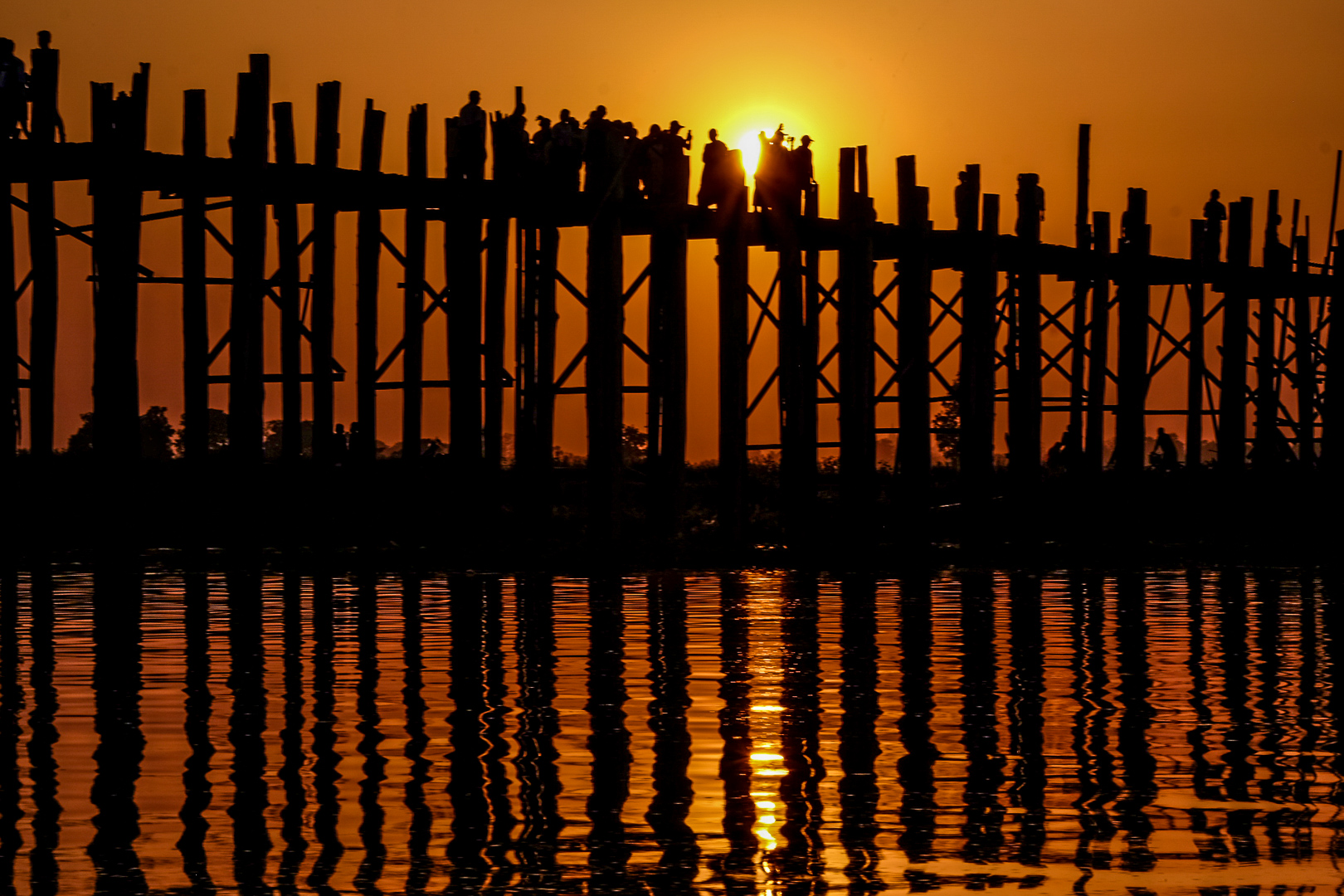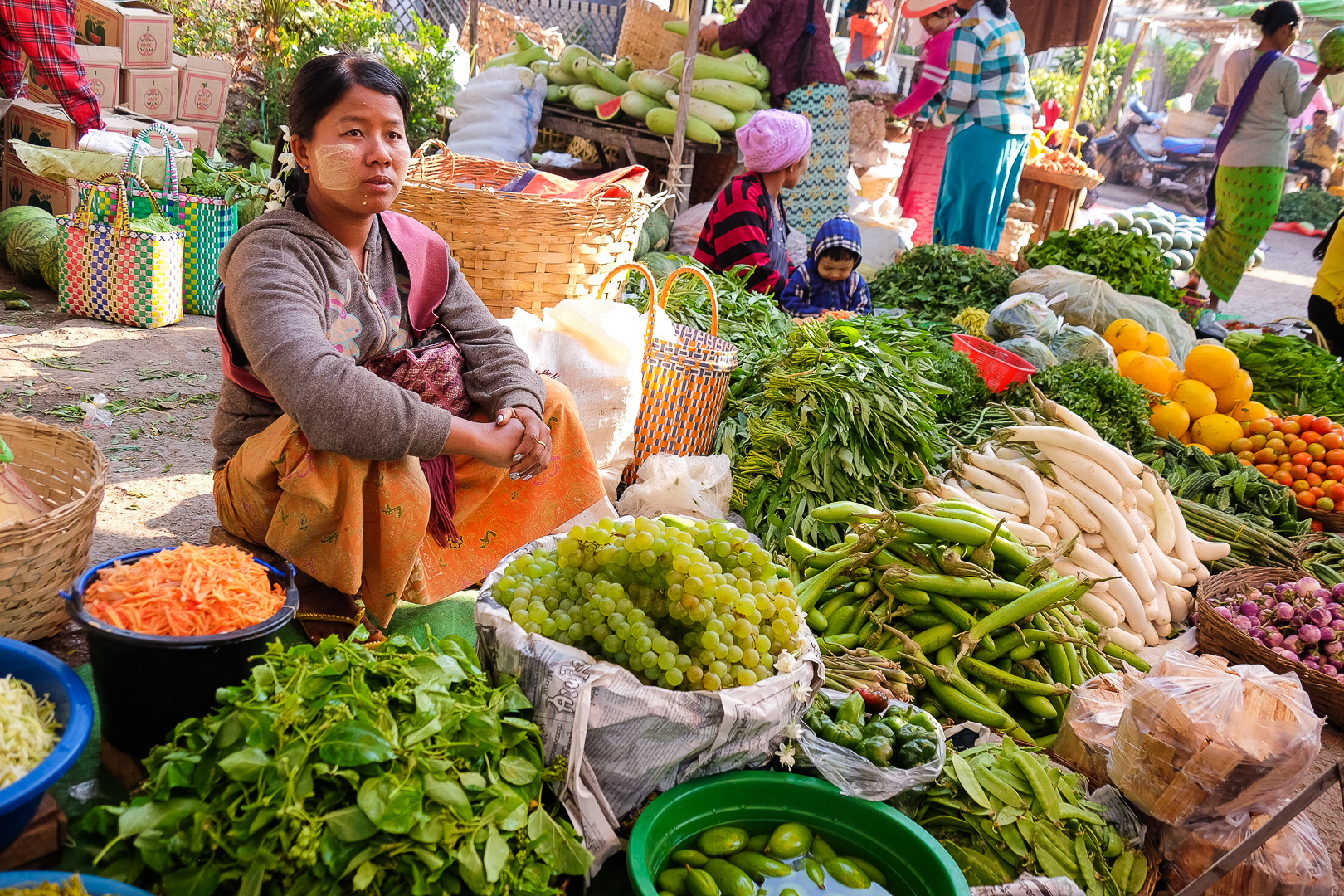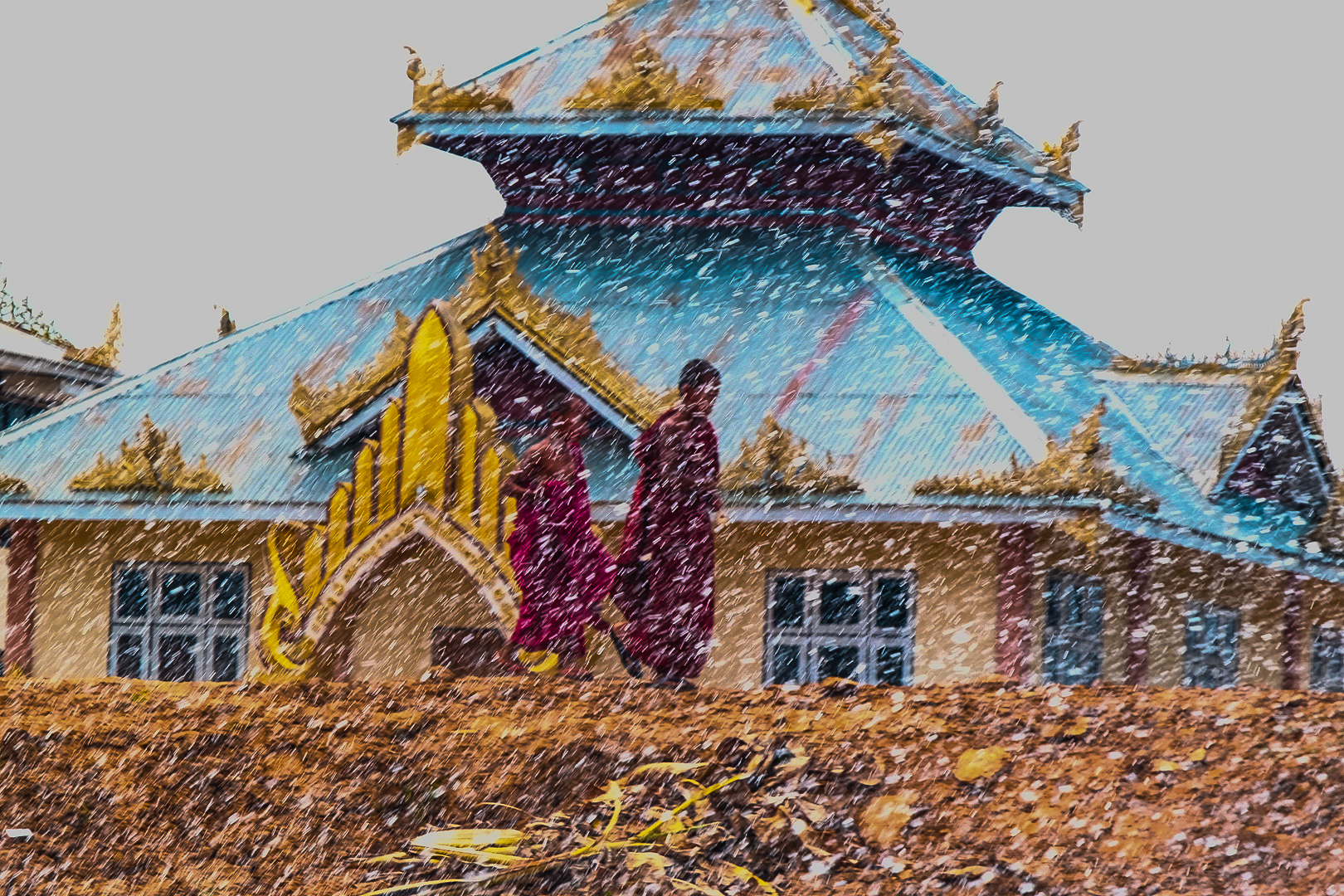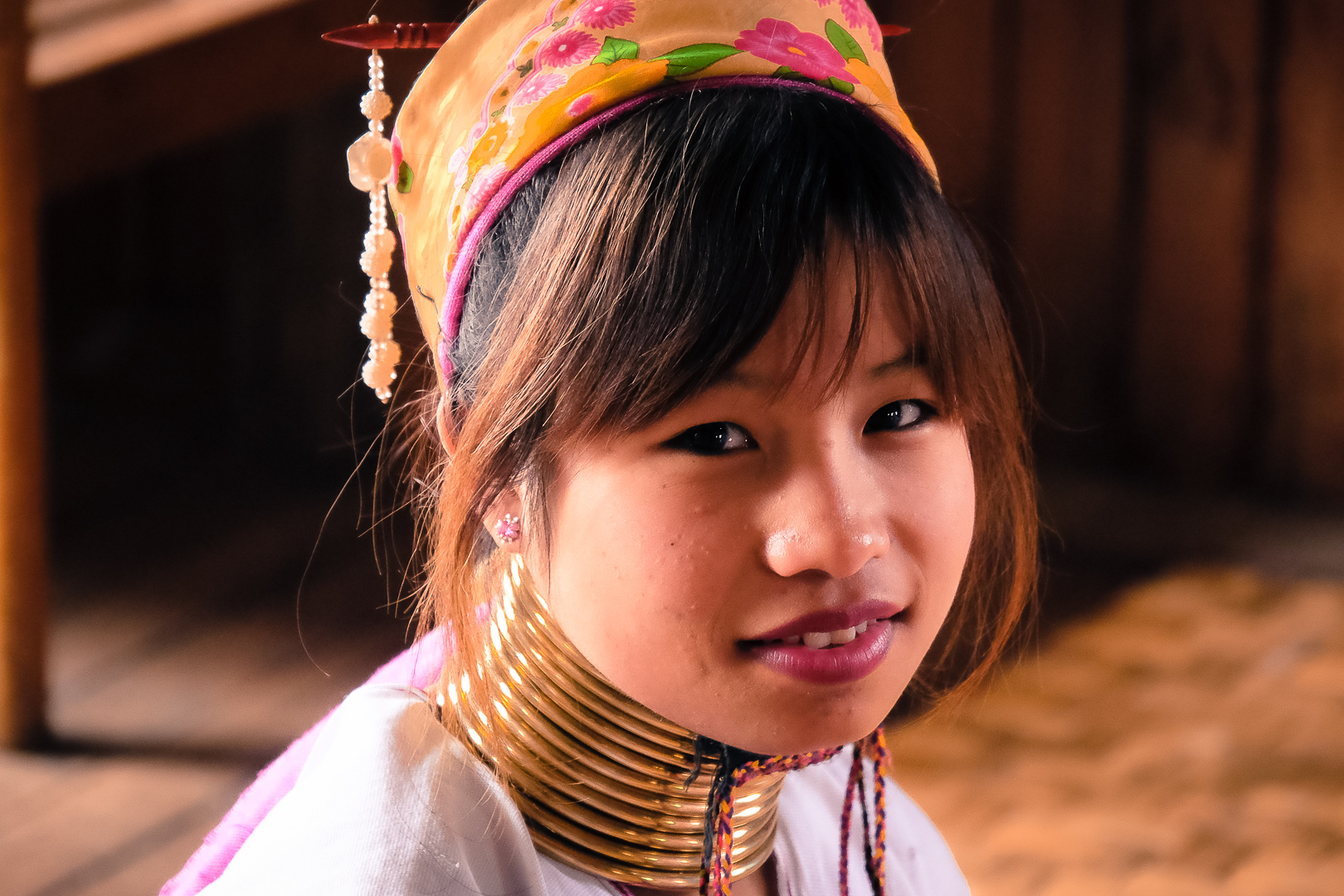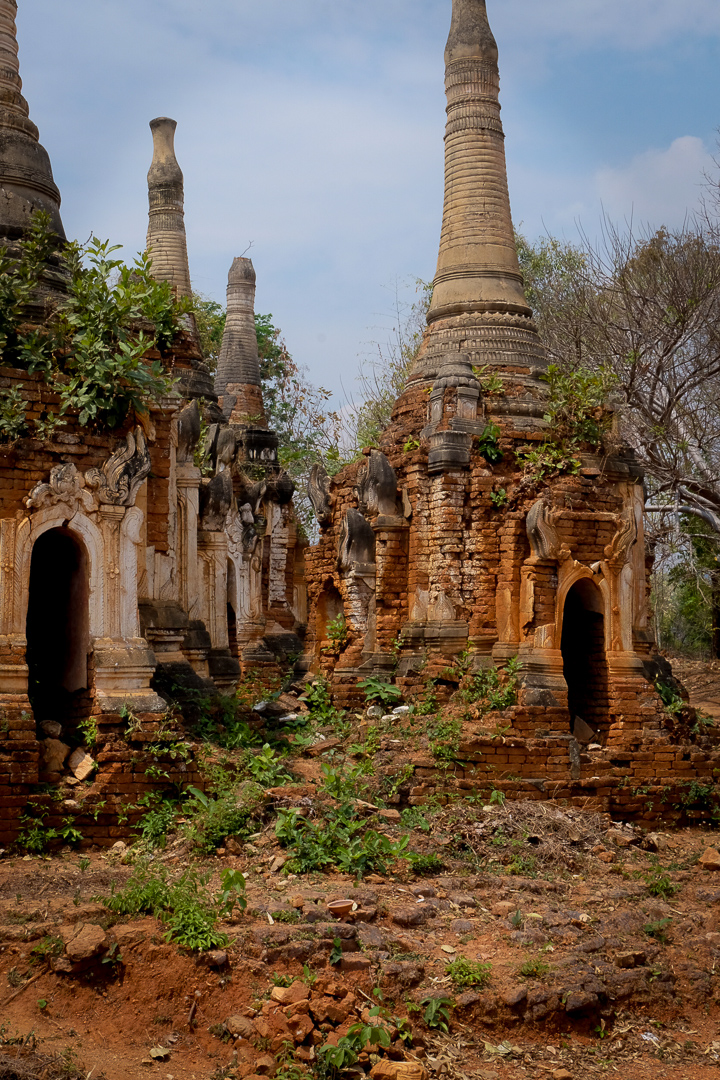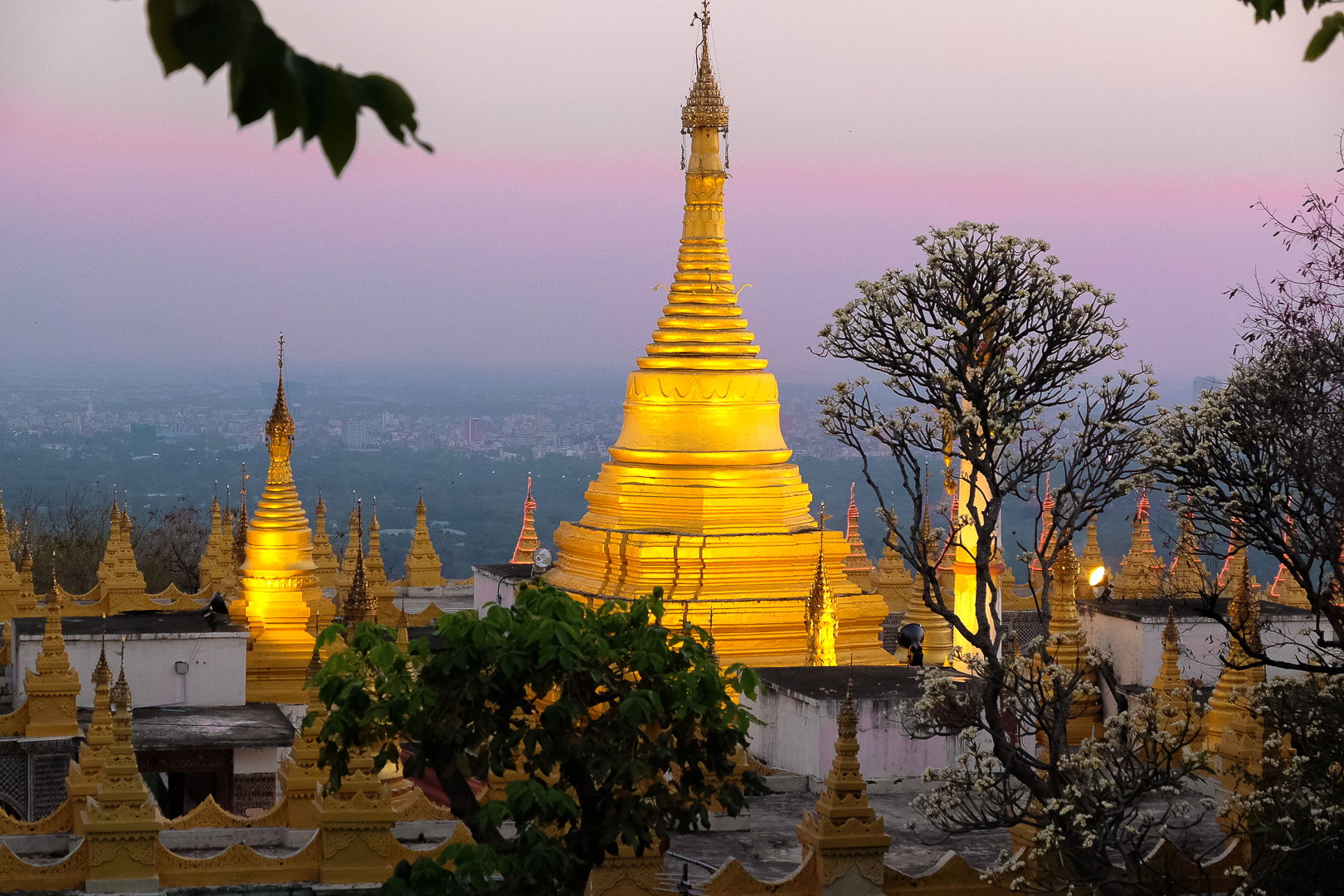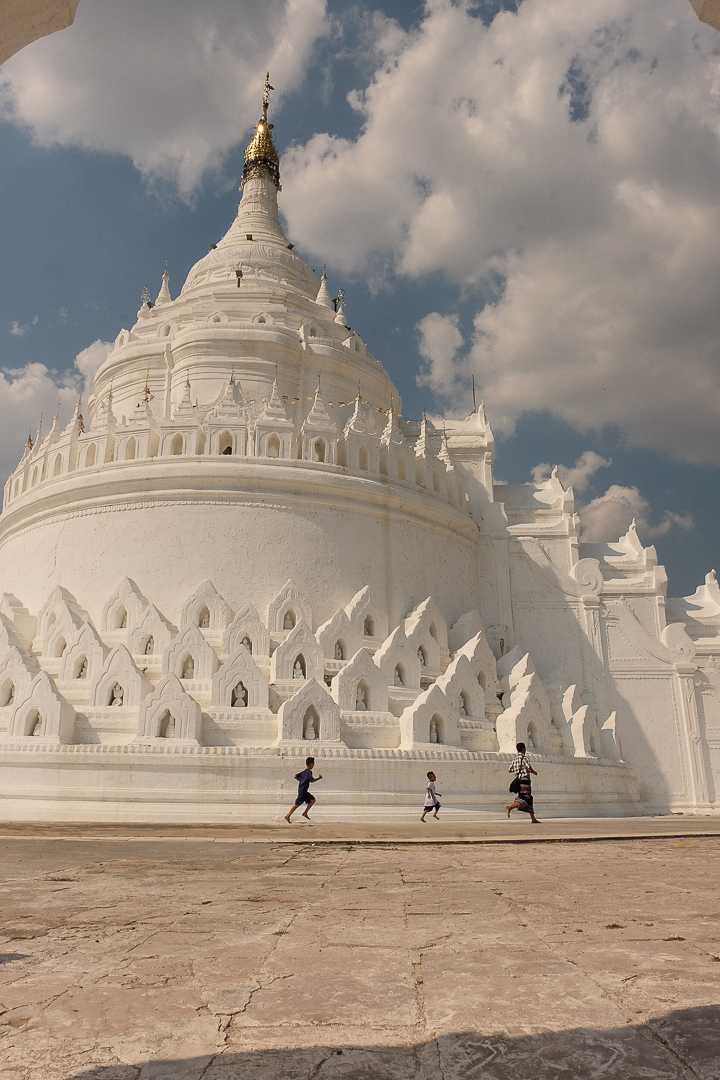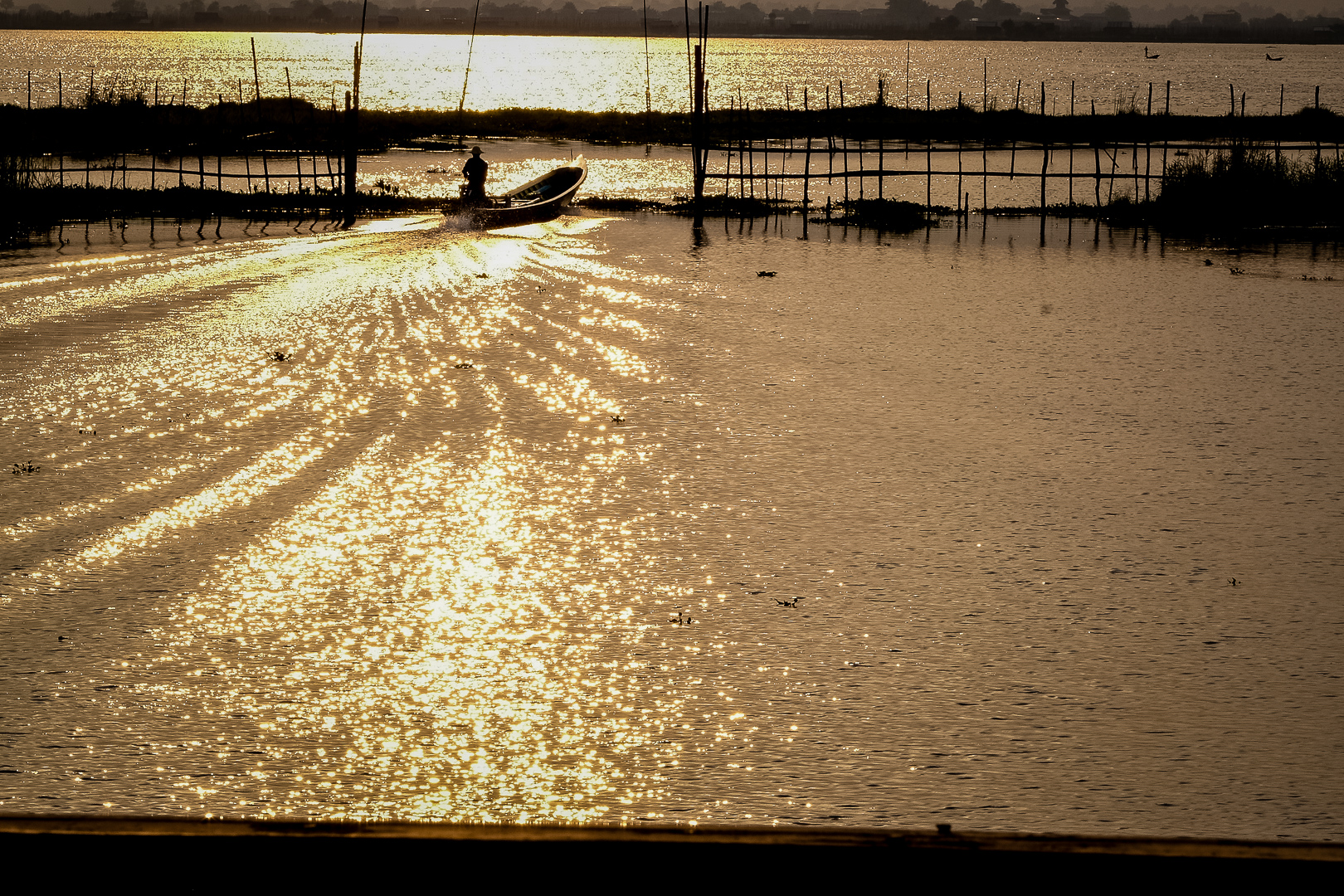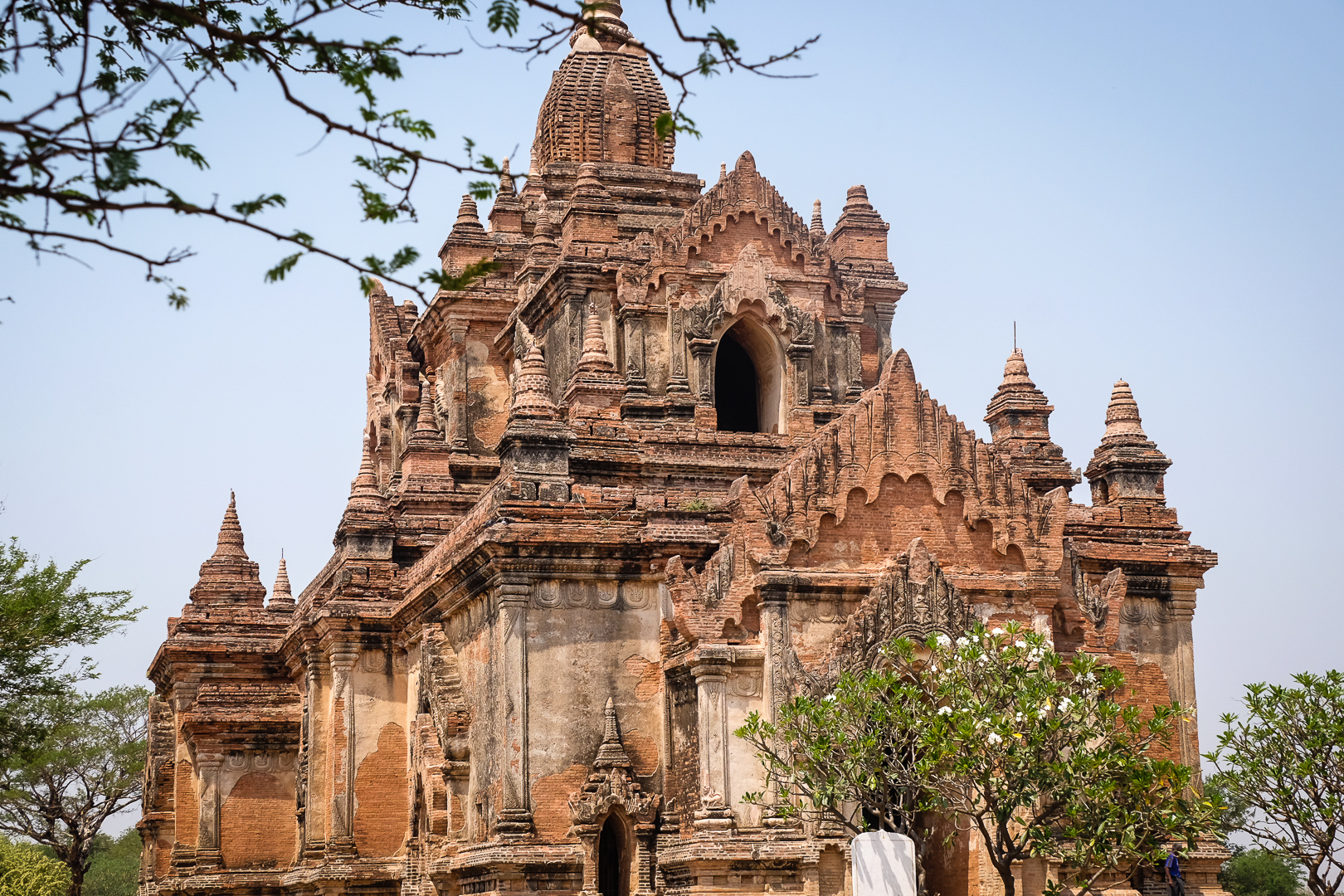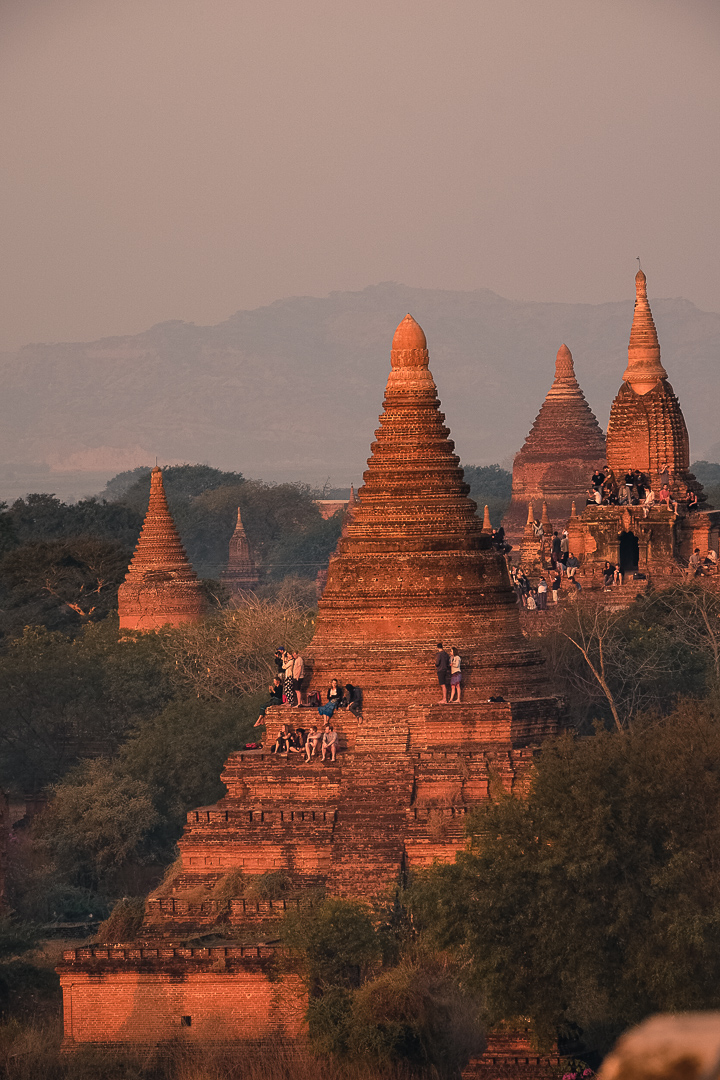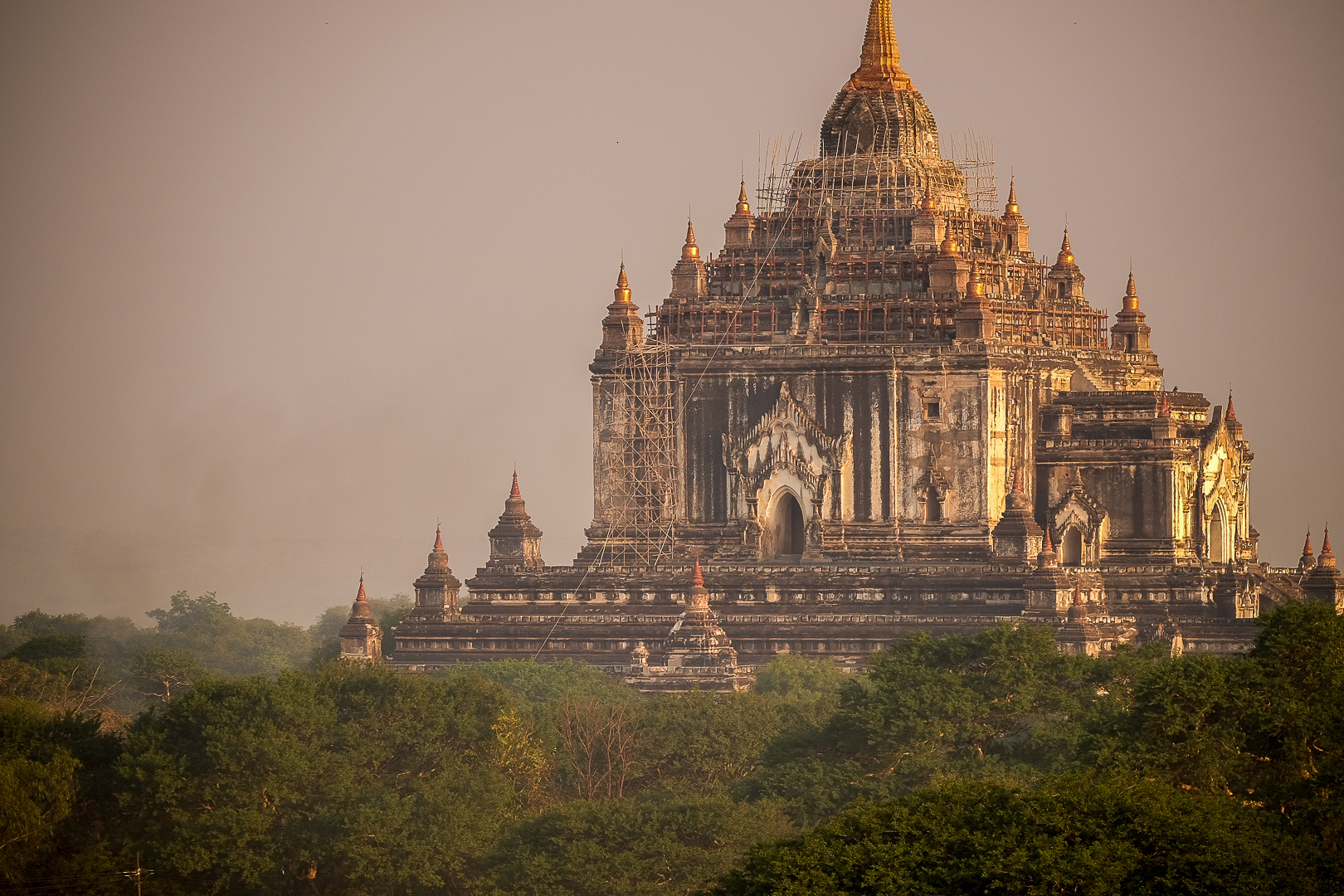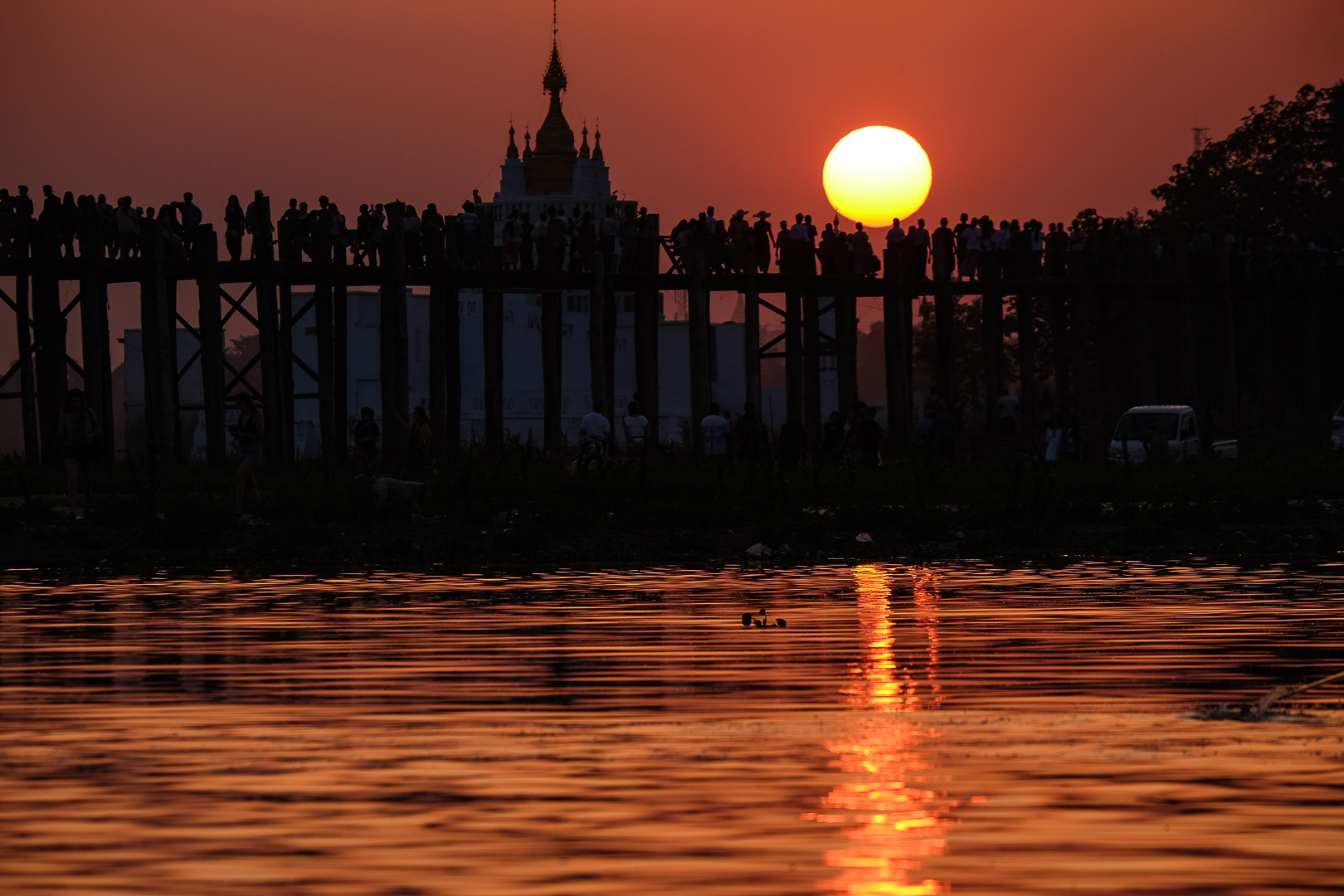Book Online
BURMA
Wherever you go, go with all your heart.
This has been my motto as I travelled and discovered 61 countries so far… and counting!
DAYS 1 – 2, Yangoon to Kalaw
To travel for me is to seek unique experiences, away from the tourist traps. I design tailored journeys moulded on my passions and immersing all senses.
As I arrive in Yangoon airport, before catching the next flight to Heho, I soak the atmosphere and observe the typical dresses, hairstyle and jewellery worn by people who criss-cross in front of me, in the bustling multicultural Burmese capital. 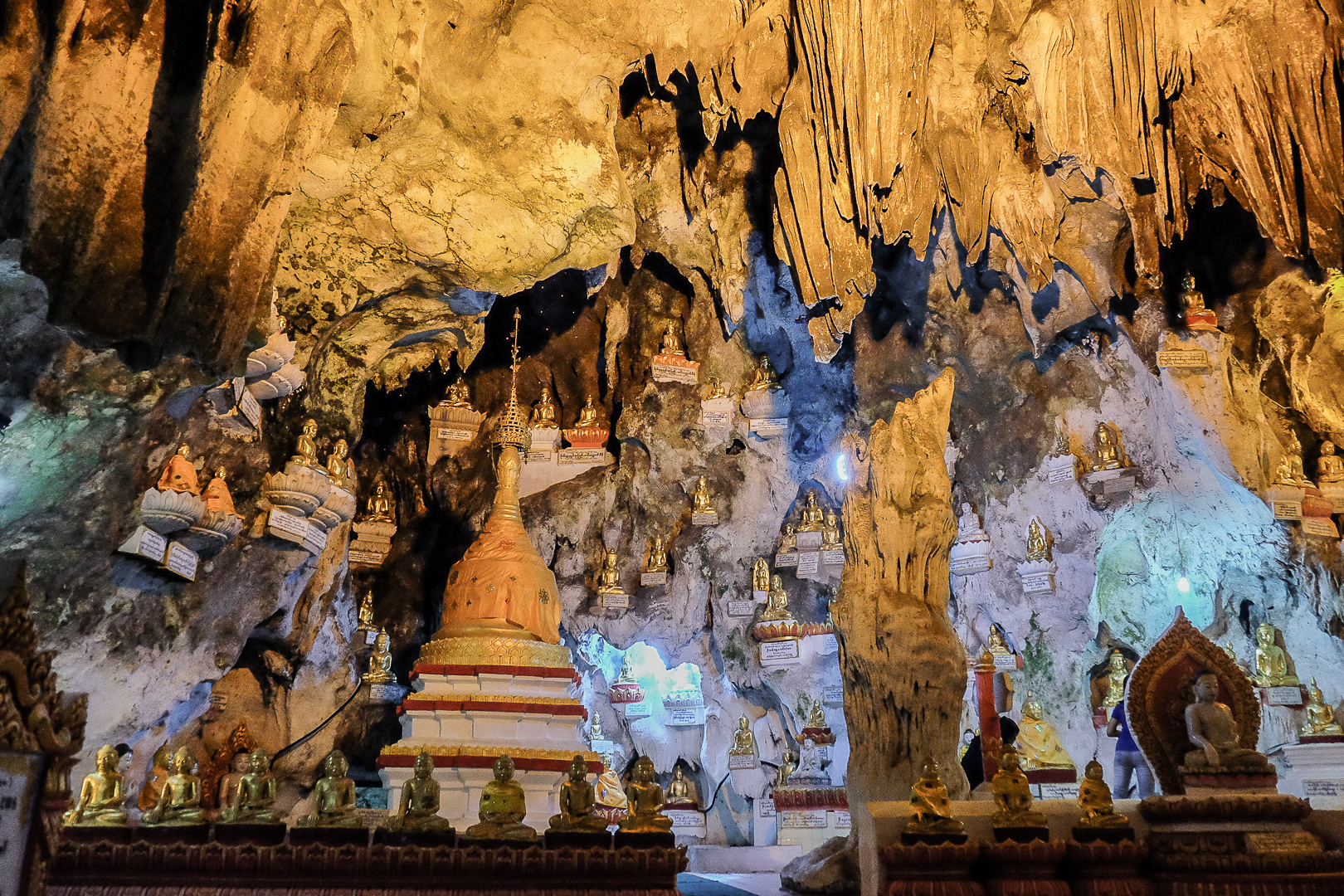
A good night sleep and a great breakfast in Pindaya provide the best start to the journey. In Pindaya I visit the thousands of sculptures of Buddhas which fill a gigantic cave, a pilgrimage site, at the foot of the hill; some are tiny, others huge, some shining with gold, others moulded from ceramic or carved in wood. The caves are next to Shwe U Min Pagoda, overlooking a stunning panorama.
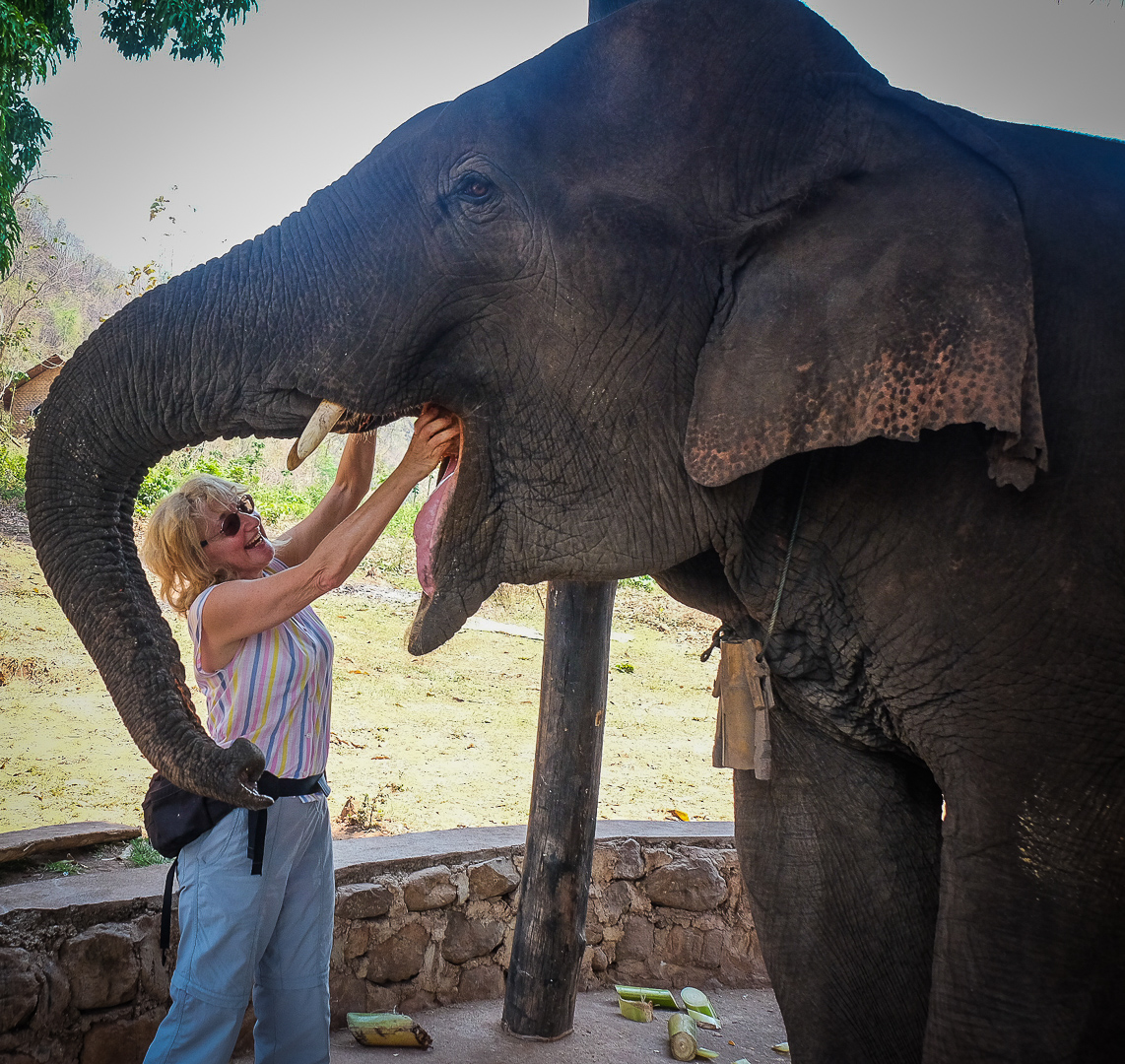 I am a zoologist by education. The most important leg of the journey for me is visiting the Elephant Camp, where many of these majestic animals are rescued after a life of burden and sacrifice from transporting heavy loads to help unscrupulous humans.
I am a zoologist by education. The most important leg of the journey for me is visiting the Elephant Camp, where many of these majestic animals are rescued after a life of burden and sacrifice from transporting heavy loads to help unscrupulous humans.
With only a gentle touch and appreciation towards them or perhaps plenty of food offering, they are drawn towards us, with no fear at all.
In the late afternoon I take off to Kalaw. The weekly market will be there on the next day!
In Kalaw I immerse myself in a multi-coloured setting where hundreds of stalls sell all sort of food and merchandise. The locals are gentle and not used to travellers. They allow us to take pictures and – unlike in many touristy places –do not ask for money.
Myanmar’s highlights are the temples.
Near Inle lake there are large groups of ancient pagodas and I find so difficult to choose which ones to visit: the ones with intricate stone decorations or the finely painted walls and vivid colours; the ones with chiselled wood columns or the striking carvings on ceilings and walls?
The main groups are Shwe Inn Thein (2000 years old) and Nyaung Ohak.
DAYS 3-4, Inle Lake to Pakkaku
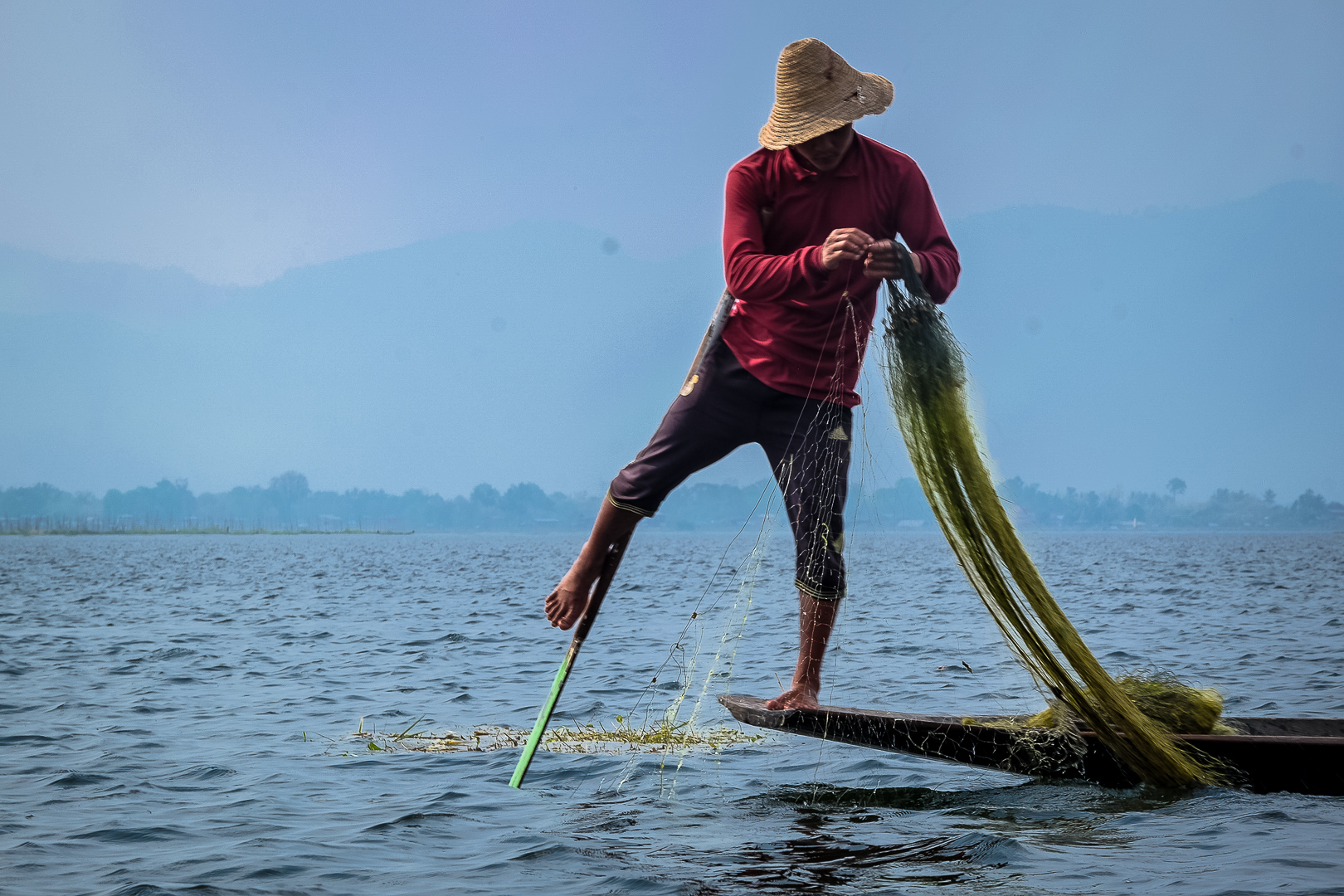 From the jetty we take a tiny boat to tour the Inle Lake, where one can visit Nay Pan Village, the largest market and the floating vegetable garden. The sight of the skilled leg-rowers, always busy fishing, and the long-neck-women in Ywama village are also a must.
From the jetty we take a tiny boat to tour the Inle Lake, where one can visit Nay Pan Village, the largest market and the floating vegetable garden. The sight of the skilled leg-rowers, always busy fishing, and the long-neck-women in Ywama village are also a must.
Yet, the most magical experience for me was Indein, farther from the tourists. Imagine a miniature Angkor Wat: ruins of temples unfolding at turn, on the external walls of the temples intricate and detailed sculptures. Indein can be visited in a couple of hours without getting lost.
The following day I fly to Mandalay and catch the first boat to Mingun, where, after visiting the Royal Palace I reach Mandalay Hill for a fantastic sunset.
For those who are interested in Asian Arts the three cities of Ana (the old capital), Amarapura and Sagaing cannot be missed.
Suspended in time, I stroll from one place to the other by horse-chart
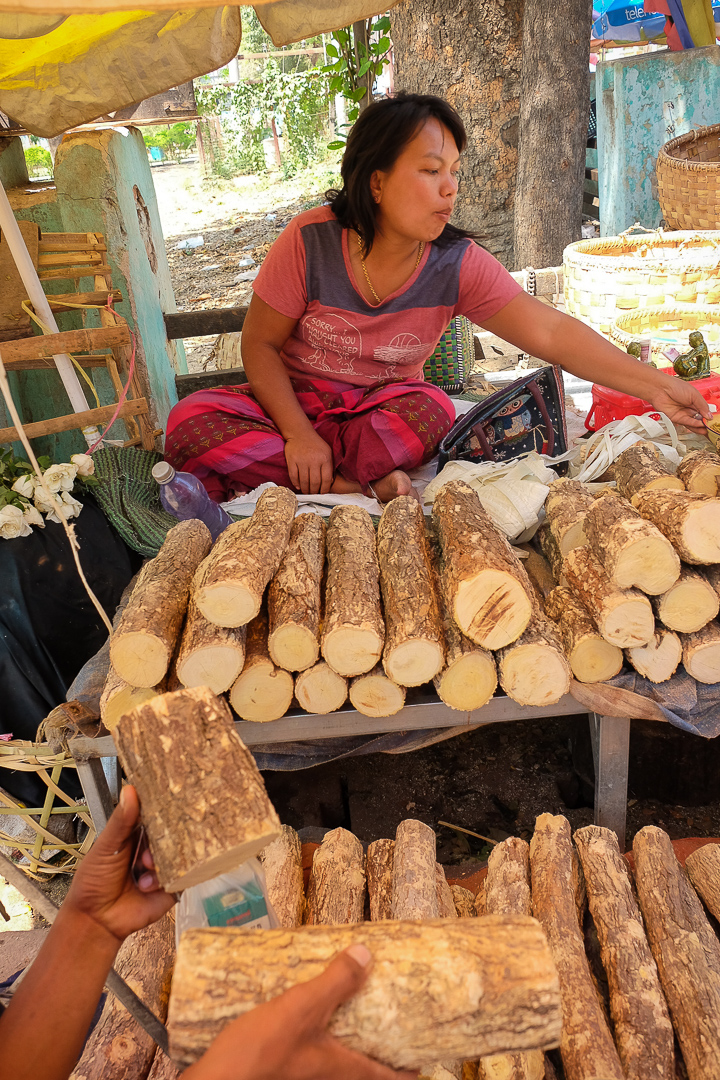 Never tired of the lively market towns, the next day I drive to Pakkaku. By then I have grown familiar with the kind of merchandise being sold and I am fairly relaxed in approaching the sellers. Smiles encourage the locals to exchange few words as I learn more about this fascinating culture: this lady is selling thanaka, a local tree. From the wood and bark you can extract natural cosmetic, which is commonly used also as sunscreen and insect repellent. It makes the skin smooth, clear and cool. It contains natural moisturizing and anti-oxidant properties. Those trees are perennial, but must be 35 years old before being mature for good quality cutting. The cream, obtained by grinding the bark and mixing it with water, ha been used by Burmese ladies for more than 2000 years and it has a scent similar to sandalwood.
Never tired of the lively market towns, the next day I drive to Pakkaku. By then I have grown familiar with the kind of merchandise being sold and I am fairly relaxed in approaching the sellers. Smiles encourage the locals to exchange few words as I learn more about this fascinating culture: this lady is selling thanaka, a local tree. From the wood and bark you can extract natural cosmetic, which is commonly used also as sunscreen and insect repellent. It makes the skin smooth, clear and cool. It contains natural moisturizing and anti-oxidant properties. Those trees are perennial, but must be 35 years old before being mature for good quality cutting. The cream, obtained by grinding the bark and mixing it with water, ha been used by Burmese ladies for more than 2000 years and it has a scent similar to sandalwood.
DAYS 5-6, Pakkaku to Bagan
Bagan is still waiting for me, so it’s finally time to get on another boat ride!
As the boat rocks onto the shores of Bagan something really astonishing opens in front of me. The complex of temples is several hundred square miles wide. Each temple has its own characteristic and distinguishes it from the others.
Days 7-8, Bagan
Because of a recent earthquake many temples are closed, still making it difficult to decide the ones to visit.The best strategy is to find accommodation at a close distance to a large group of temples and hire a horse-chart at the premises.
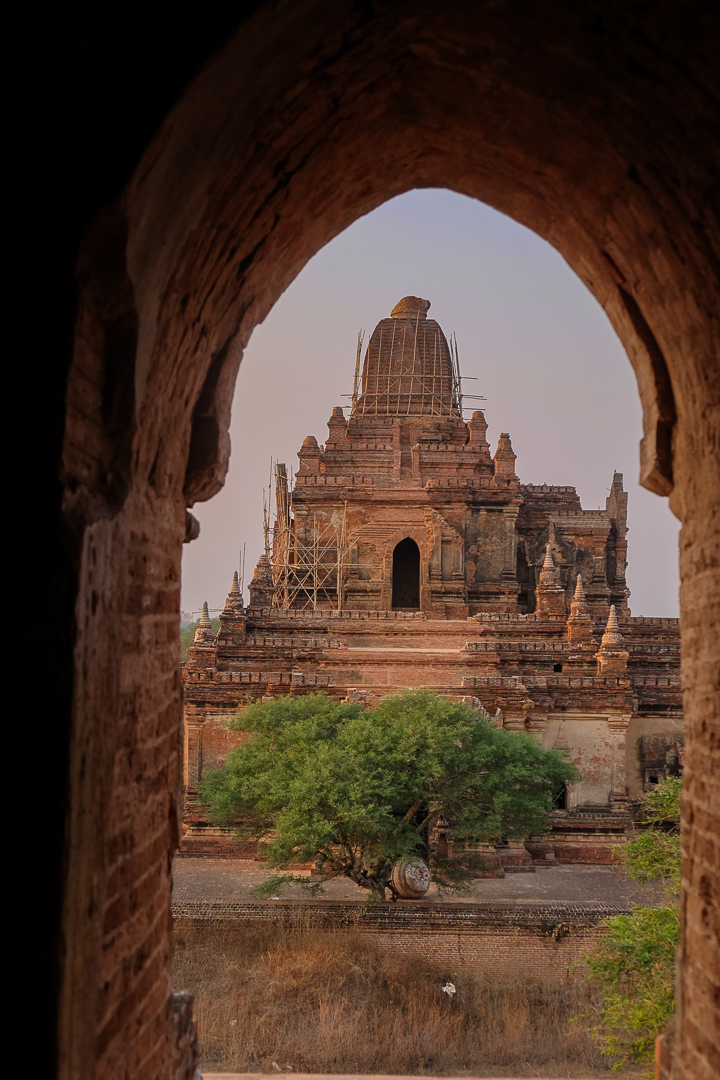 This way you can choose which direction to go and how much time to spend in each. The horsemen are quite knowledgeable about the history of the temples and the different styles – as well as where to catch the unforgettable sunrise and sunset views.different styles – as well as where to catch the unforgettable sunrise and sunset views.
This way you can choose which direction to go and how much time to spend in each. The horsemen are quite knowledgeable about the history of the temples and the different styles – as well as where to catch the unforgettable sunrise and sunset views.different styles – as well as where to catch the unforgettable sunrise and sunset views.
Religion is a way of life for the Burmese people.
I decide to terminate my journey of Burma here. I fly back home via Yangoon but decide not to visit the capital, as this would would have involved another couple of days.
8-10 days, including flight times is the optimal duration for this tailor-made trip.

